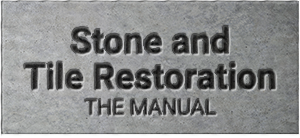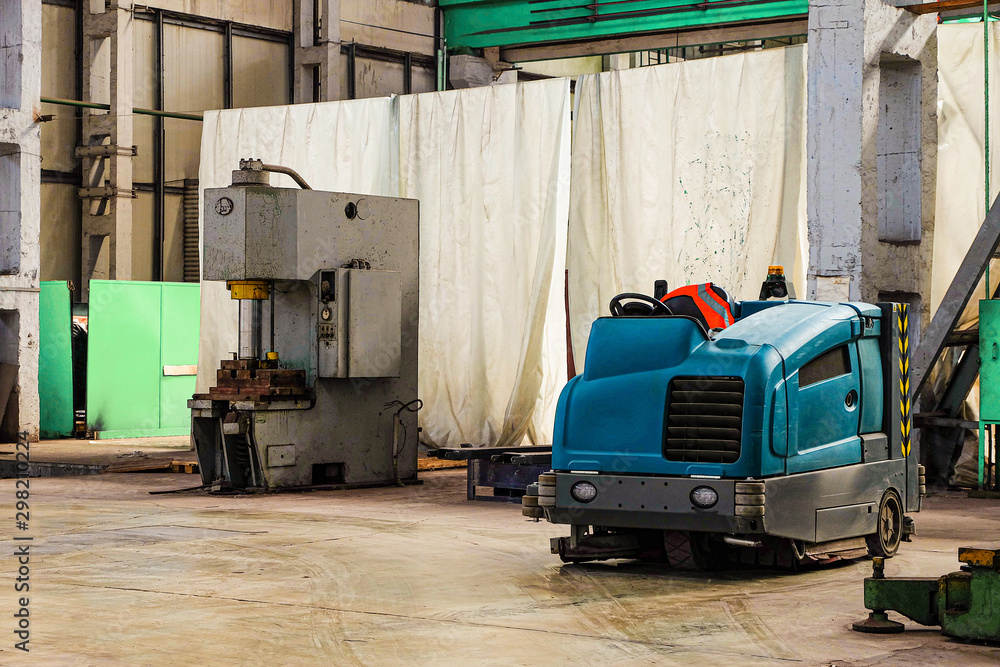Revolutionary Water-Based Floor Cleaning Technology
A Deep Dive
Frederick M Hueston | StoneForensics.com
In the ever-evolving landscape of cleaning technology, a groundbreaking advancement has emerged, heralding a significant shift towards environmentally friendly and sustainable practices. This innovative approach leverages the simple, yet profound, power of water to clean stone floors, eliminating the need for chemical detergents. The following delves into the mechanics, benefits, and potential implications of this water-based floor-cleaning technology, offering insights into how it stands to redefine cleanliness standards.
The Mechanics of Water-Based Floor Cleaning Technology
At the heart of this technology is the principle of electrically activated water (EAW). EAW is created by passing ordinary tap water through an electrolytic cell that applies an electric charge, altering the water’s molecular structure and enhancing its cleaning properties. This process produces two types of water: alkaline water for cleaning and acidic water for disinfecting. The alkaline water breaks down dirt, grease, and other contaminants, while the acidic water offers sanitizing qualities, effectively killing bacteria and viruses without the need for traditional chemical disinfectants.
Key Components:
Electrolytic Cell: The core technology that applies an electric charge to tap water, creating EAW.
Nozzle and Spray Systems: Designed to efficiently distribute the activated water onto surfaces, ensuring optimal coverage and cleaning efficacy.
Microfiber Pads: These pads are often used in conjunction with water-based floor cleaning devices to enhance mechanical cleaning action and absorb contaminants.
Advantages of Water-Based Floor Cleaning Technology
Environmental Sustainability
By using water as the primary cleaning agent, this technology significantly reduces the environmental footprint associated with traditional floor cleaning methods. It eliminates the need for chemical detergents, which often contain harmful substances that can pollute waterways and harm aquatic life. Furthermore, it reduces plastic waste from packaging and decreases the carbon emissions associated with producing and transporting chemical cleaners.
Safety and Health
Water-based cleaning technology is inherently safer for both users and occupants of cleaned spaces. It avoids the health risks associated with exposure to chemical fumes and residues, such as respiratory issues, skin irritation, and allergic reactions. This makes it particularly beneficial in settings like schools, hospitals, and homes, where safety and health are paramount.
Cost-Effectiveness
Although the initial investment in water-based cleaning equipment may be higher than traditional cleaning tools, the long-term savings are significant. The reduction in ongoing costs related to purchasing chemical cleaners, coupled with the durability and low maintenance of the equipment, makes it a cost-effective solution for businesses and households alike.
Applications and Future Potential
The versatility of water-based floor cleaning technology allows for its application across various sectors, including residential, commercial, and industrial settings. It is particularly advantageous in industries where hygiene is critical, such as healthcare, food processing, and hospitality.
Looking ahead, ongoing advancements in this technology promise even greater efficiency and effectiveness. Innovations such as improved electrolytic cells, enhanced microfiber materials, and smart technology integration for automated cleaning processes are on the horizon. Additionally, as awareness of environmental and health concerns continues to grow, the demand for sustainable and safe cleaning solutions like water-based technology is expected to rise.
The advent of water-based floor cleaning technology represents a significant leap forward in the pursuit of sustainable, safe, and effective cleaning methods. By harnessing the simple power of water, enhanced through electrochemical activation, this technology offers a promising alternative to traditional chemical-based cleaning, aligning with the growing global emphasis on environmental responsibility and health safety. As we move forward, the continued development and adoption of such innovations will undoubtedly play a crucial role in shaping a greener, cleaner future.


